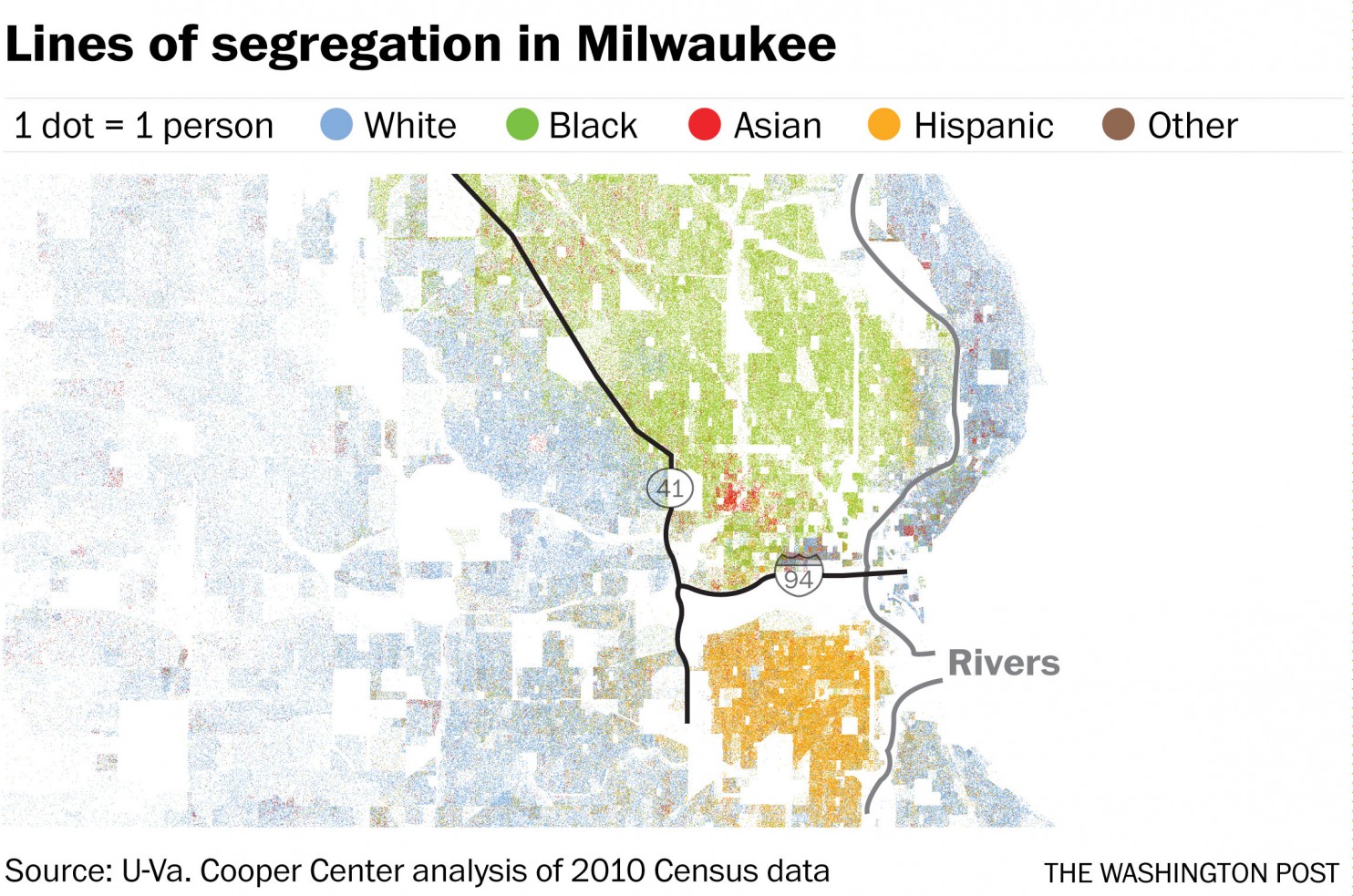Through the past several state budget cycles, Wisconsin has spent the majority of its transportation budget on highway mega-projects. This investment must be reconsidered.
10. It’s costing us billions of dollars each year to expand highways. Adding lanes not only costs more than just repairing the highway in its current footprint, but these projects also often cost more than projected. The Milwaukee Journal Sentinel summarized the findings of the recent Wisconsin Department of Transportation Audit (WisDOT): “It cost $1.5 billion to build 19 major projects between 2006 and 2015 — $772.5 million more than originally estimated, the Legislative Audit Bureau found… Another 16 projects that were ongoing as of August 2016 saw similar spikes in their costs. Originally expected to cost $2.7 billion, they are now slated to come in at $5.8 billion, the audit found.” Of course, these costs do not begin to take into account the health, social and environmental costs that also accompany highways.

9. Adding lanes does not fix traffic jams – in fact, it makes congestion worse. Traffic on roads follows the economic theory of induced demand. In short, “if you build it, they will come.” As a lane is added or more roads are built, more drivers will use those roads. In almost every case of adding lanes, congestion levels returned to the same level within two years of the expansion’s completion. This concept has been observed as early as the 1960s, but now enough research has been done to demonstrate that this phenomenon occurs almost every time a road is expanded. Wisconsin is spending money to make the same problem larger.

8. Expanding highways can decrease safety. Increasing the number of lanes increases the number of crashes. While adding lanes on highways initially improves safety, safety diminishes as congestion increases. Additionally, increasing the width of lanes leads to more deadly crashes.
7. Young people are driving less and are looking for transit and bike options more. According to the Transportation Research Institute at the University of Michigan, from 1983 to 2014 there has been a 47 percentage point decrease in the number of 16-year-olds with drivers’ licenses, a 16 percentage point decrease in the number of people ages 20 – 24 with licenses, and a 10 percentage point decrease for those ages 30-34. Additionally, a 2015 poll found that 80% of Millennials said that public transportation was very important in choosing where to live.

6. Technological advances are changing the face of our transportation system. With the increasing popularity of ridesharing apps like Uber and Lyft and with autonomous vehicles on the horizon, some riders are giving up their cars.
5. Highways don’t support Wisconsin’s aging population or those with disabilities. More than 15.5 million Americans 65 and older live in communities where public transportation service is poor or non-existent, and that pattern includes Wisconsin residents. With the number of people ages 65 and older projected to double by 2040 in most Wisconsin counties, supporting public transportation for those who can no longer drive will become increasingly important.

4. In Wisconsin, expanding our highway system favors some areas of the state while leaving others with crumbling roads and bridges. Over 1/3 of Wisconsin’s local roads are in less than good condition, and in 17 of our Assembly Districts, over 40% of the local roads are in poor condition.

3. Highways play a role in racial segregation and economic divides. Historic land use policies segregated communities, and many cities used federal funding to build highways while simultaneously clearing low income and African American neighborhoods. These policies have lasting implications, as these physical barriers continue to isolate some neighborhoods from goods and services.

2. Our health has been negatively impacted by highway projects. According to the Health Effects Institute, asthma attacks, impaired lung function, and premature death from cardiovascular disease are all risks of living near a busy road due to air pollution. Diabetes, obesity and dementia have also been connected to our car-dependent transportation system. And it goes without saying, but pedestrian deaths and injuries from car accidents pay a devastating toll on our health and well-being.
1. We have better options – both for people and the planet. The transportation sector is now the largest emitter of greenhouse gas, and improving access to clean transportation through transit, bike and pedestrian infrastructure is a much-needed climate solution. Additionally, accessible transportation is one of the most important elements in getting people of all ages, abilities, and incomes to work, school, grocery stores, places of worship and more. By investing in our local needs like transit, local roads and bridges, and bike and pedestrian infrastructure, we are making an investment in the safety, health, equity and economic vibrancy of our communities.
